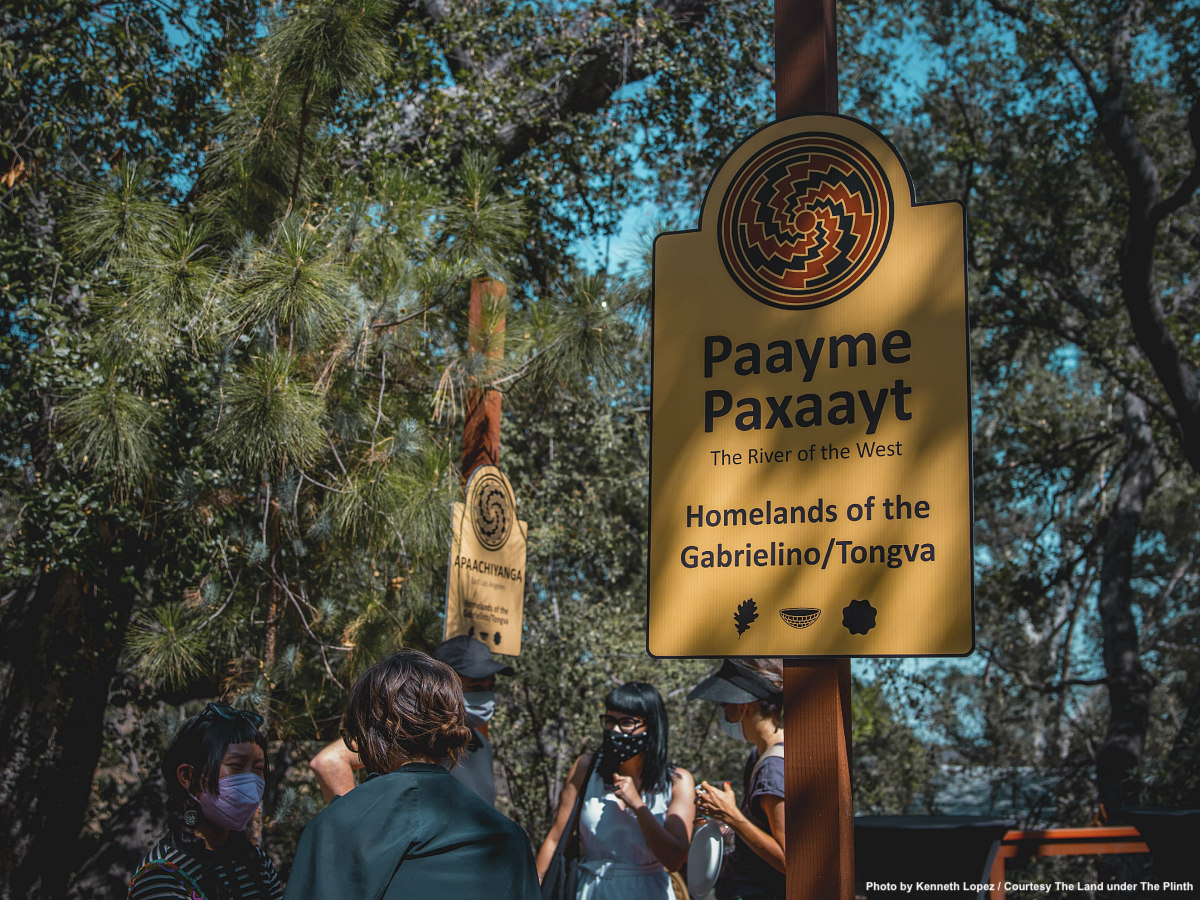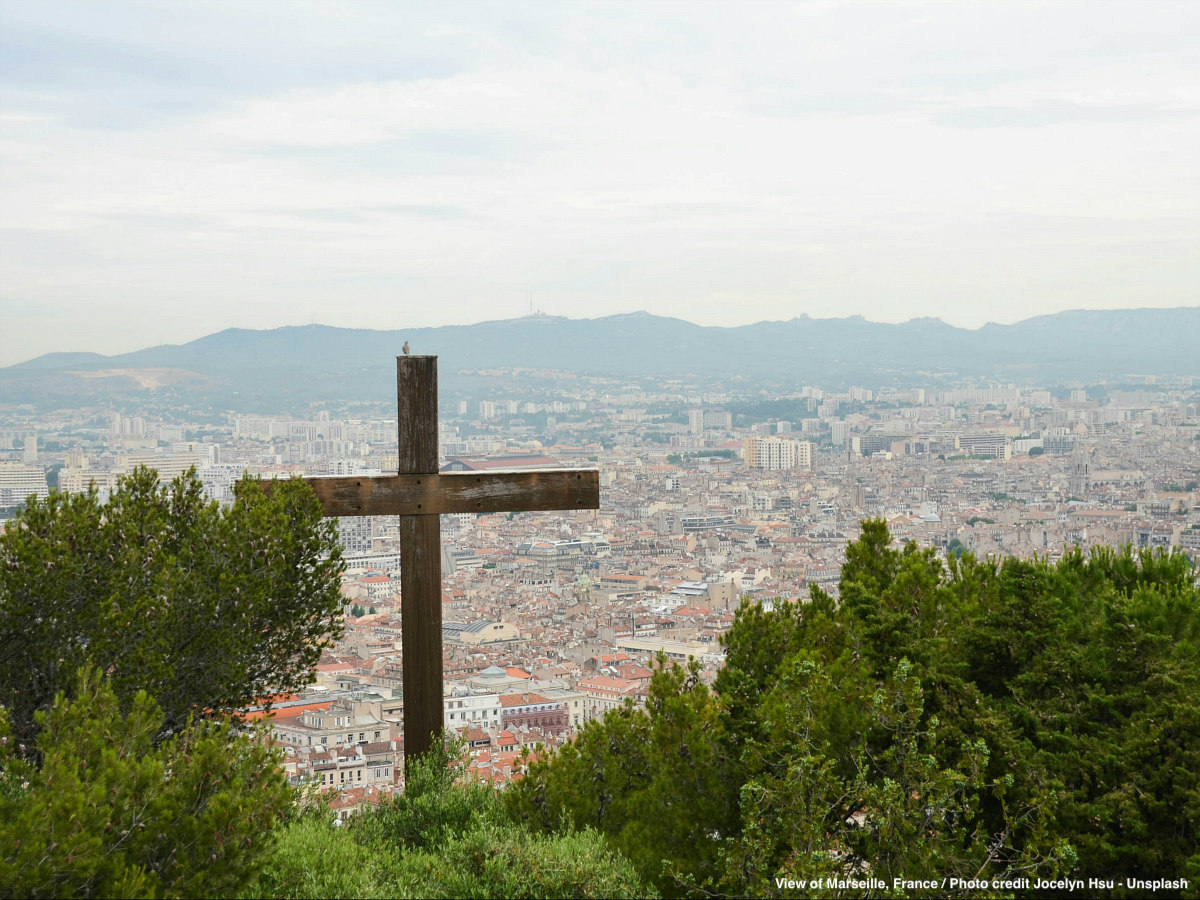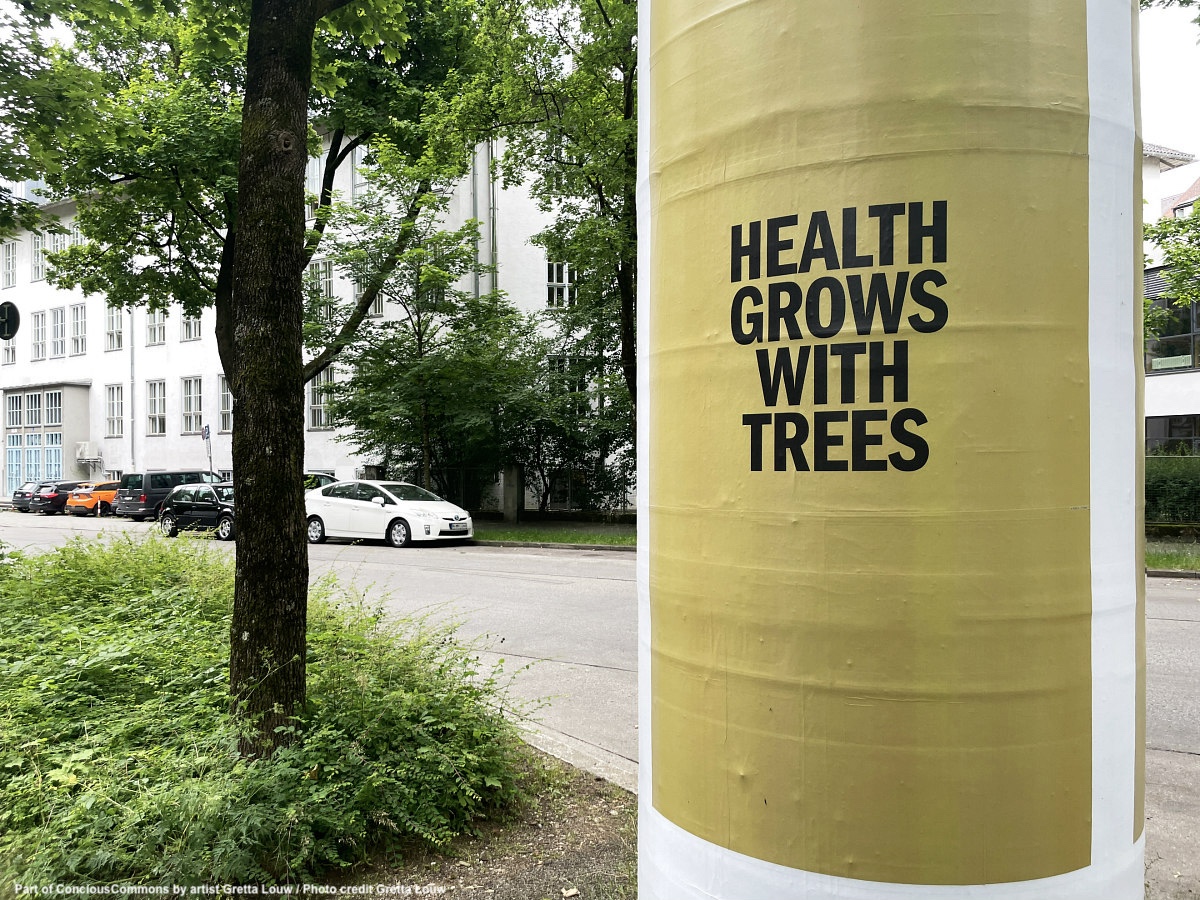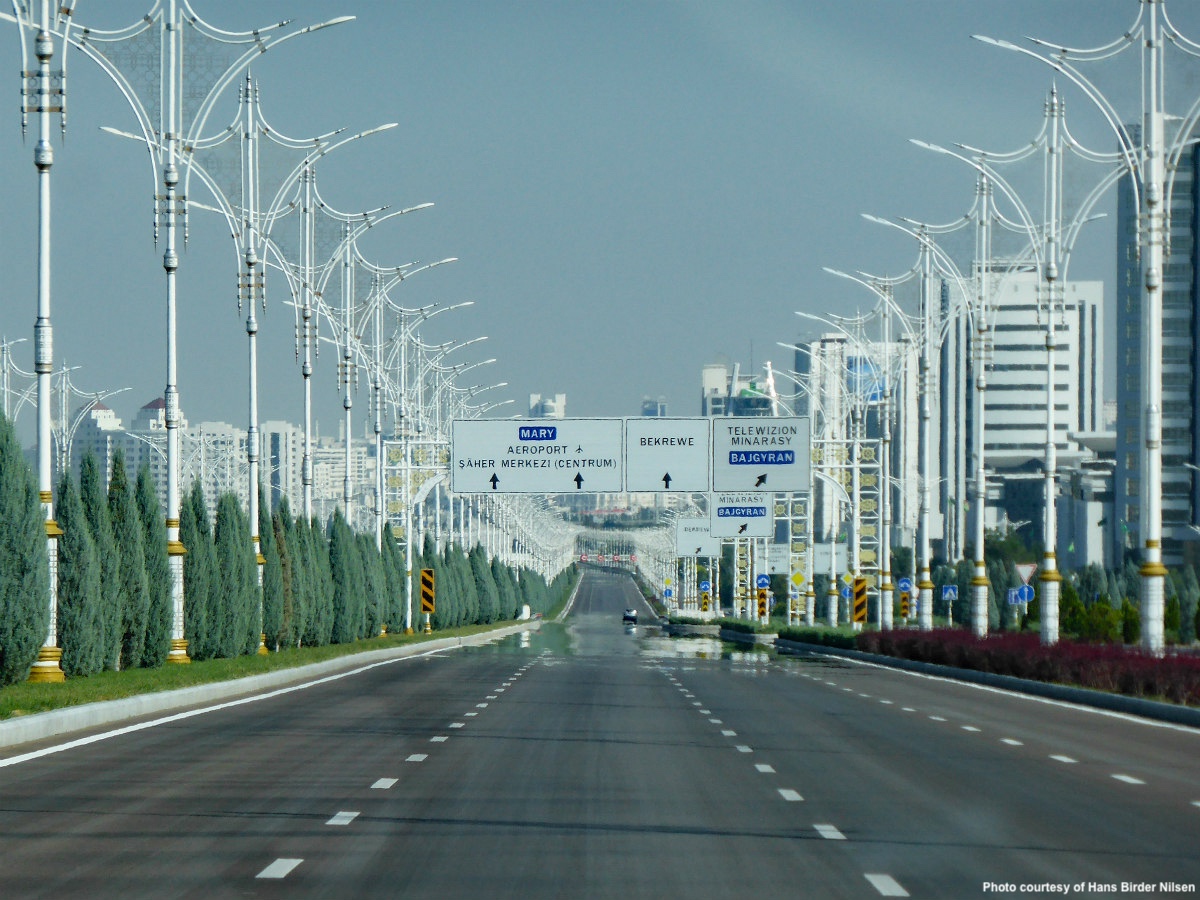Tovaangar is a place known today to most of us as Los Angeles, California. Although the Tongva tribe has inhabited the Los Angeles basin for over eight thousand years, it has been easy for the people who colonized the area to impose their own version of the past over centuries. No treaties or legal agreements have been signed by The First People. Nor are there any written records of colonized land being taken without consent. Historical narratives of the city and their monumental representations have mirrored the hierarchical manifestation of who is heard and whose stories are silenced in fear of one day’s return of indigenous land.
The Tongva land extended from Palos Verdes to San Bernardino and from Saddleback Mountain to the San Fernando Valley. With Spanish colonization starting in 1769, the land of the Tongva community was ultimately changed and the people have been mistreated and harmed by the forceful invasion of their lands. In spite of this intrusion the community has endured to preserve its heritage and its collective memory until today.
In 1994, the Tongva were officially recognized as an indigenous tribe by the state of California. Yet they still have no federal recognition, and therefore no reservation land and no gathering place. “This lack of physical space to congregate in and use for ceremony creates a collection of individuals constantly challenging and grappling with authenticity and inclusion/exclusion from the larger group,” states Mercedes Dorame, artist and member of the tribe of Gabrielino Tongva Indians of California.
I hope it builds allyship in government officials, politicians, policymakers and leaders in the community and the general public to address and repair the loss of land of the Tongva people.
Efforts of tribal native reclamation are not new but Mercedes Dorame’s approach to the return of indigenous land goes through developing an understanding, knowledge and action around the Tongva community in Los Angeles. She is one of five team members who initiated the project The Land Under the Plinth. This is one of the selected projects by Monument Lab, a non profit public art and history studio in Philadelphia. It supports projects that aim for a „democratization of historical narratives“ and a critical conversation on the creation and implementation of monuments. In 2021 the organization launched the nationwide participatory public memory project Re:Generation. Supported by the Andrew W. Mellon Foundation, this project granted ten local artist teams and their proposed sites a total of $1 Million to establish new ways to commemorate history and to tell stories that have so far not been recognized in public memory.
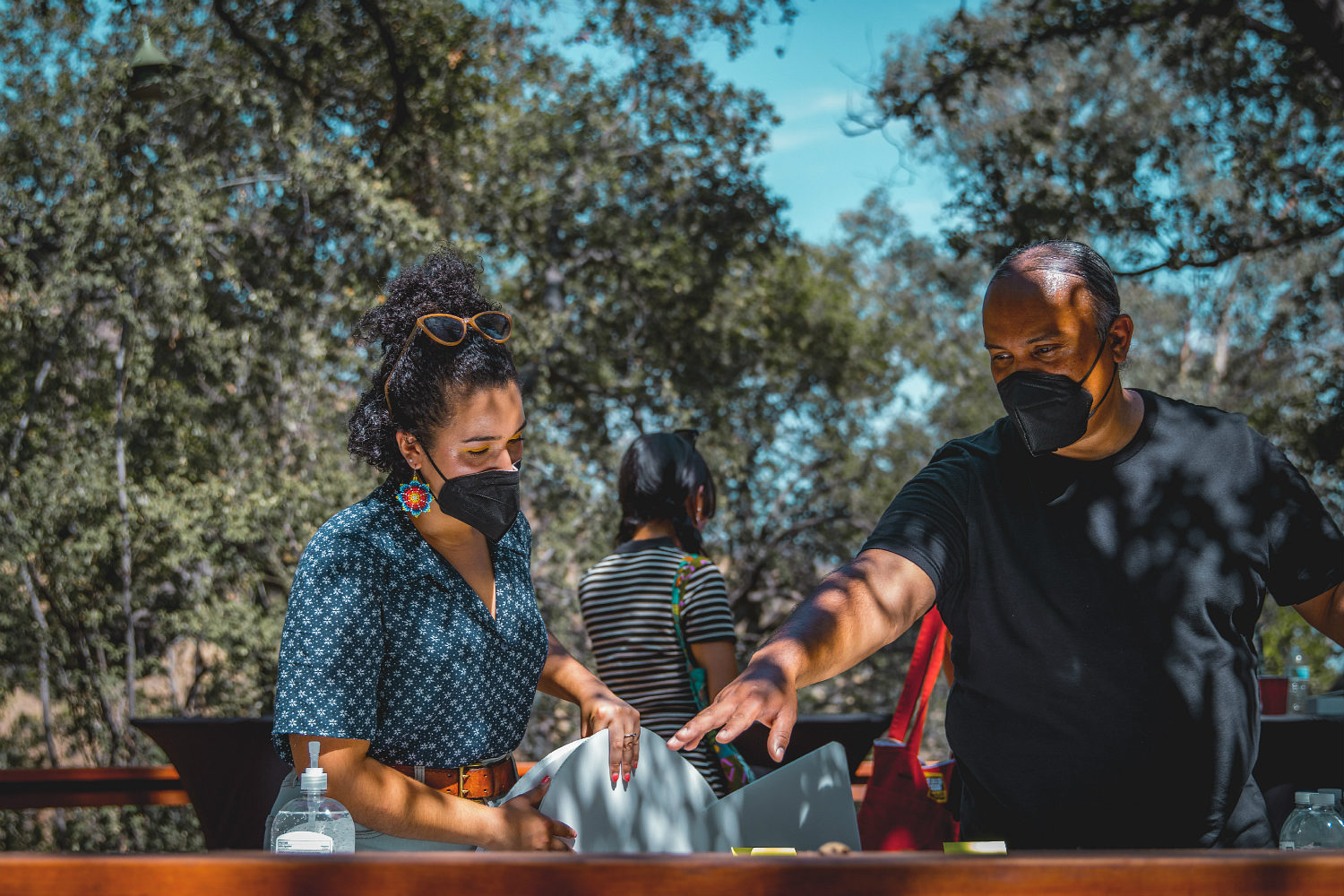
The Land under the Plinth asks for increased visibility, policy change, and ultimately land return to the indigenous Tongva community, the First People of the area. Herself of Tongva descendant, in her work Dorame focuses on the invisibilities in cultural construction. She engages in ideas of authenticity, community and ceremonial practices in a space that has belonged to your ancestors but is not publicly recognized as such. “The idea for the project was about continuing the work for visibility and rematriation of land for the Tongva people in Los Angeles”, she explains.
This will be accomplished by recovering the spaces on which monuments of colonial figures once stood. Monuments – together with the definition of what a monument has to be and how it has to look like – are shaped by the perception of dominant groups. They manifest in public space and form our perception of history. „Memory keepers“, as it is called, people in powerful positions who institutionalize and implement those monuments in a top-down process, are the ones to decide whose history is remembered in public. This is why we can still find monumental representations of colonizers and conquerors but only very few of the people who have been hurt, mistreated or ignored by them.
In 2020 the statue of the Roman Catholic priest and missionary Junípero Serra was taken down by activists in one of the oldest districts of Los Angeles. A gathering space, serving as an assemblage area for the Tongva community, will be created in its place. The assemblage area should be offering “a space to heal”, as Dorame puts it, with activities such as language revitalization or by performing important cultural practices like basket weaving. Additionally, the area should be a place to engage with the larger population in Los Angeles, educating them about the Tongva community and opening room for communal activities.
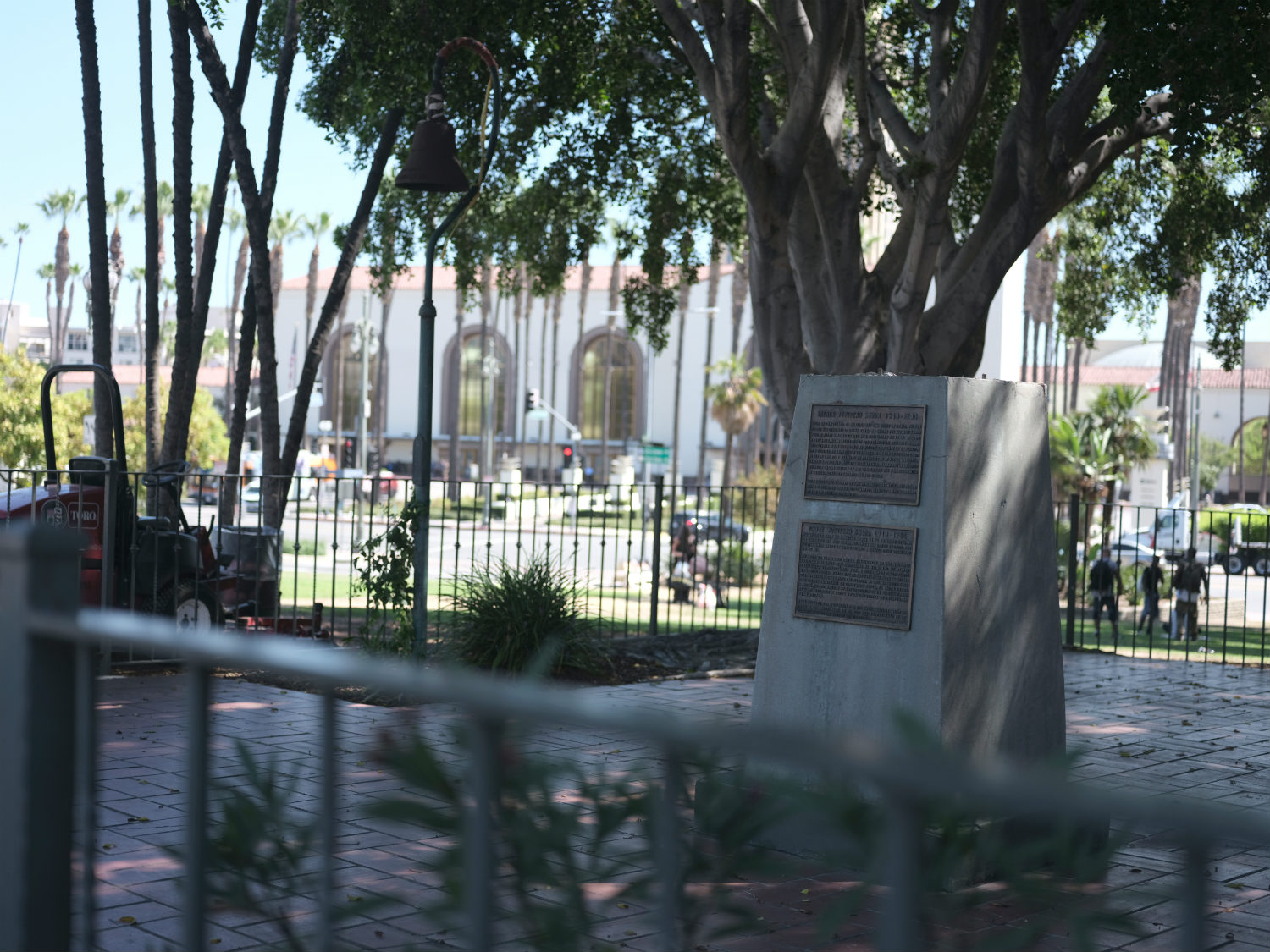
The realization of this gathering space already challenges some of our assumptions of what a monument has to look like and how it should function. The invitation to interact with each other, to learn and educate, and to commemorate a collective memory contrasts the permanent, static nature of most statues and memorials we know or imagine. The project highlights that memory is not fixed and unchangeable but that it creates itself in the process of communal remembrance, through practice and action. However, the team members want to achieve much more with the project, as Dorame stresses: „I hope it builds allyship in government officials, politicians, policymakers and leaders in the community and the general public to address and repair the loss of land of the Tongva people.”
In addition, The Land Under the Plinth is planning the creation and installation of signs throughout the larger Los Angeles area “to affirm our communities’ presence in this land”, as Dorame explained at the Monument Lab Summit in early 2022. The installed signs throughout the city will point to ecological aspects, like rivers, that are important for the Tongva community. QR codes on the signs will give additional information on plant and animal relatives, First People narratives and the history of the area. This engaged approach of civic action allows the Tongva community to present aspects of their history and to include themselves into the vision for the area’s future in which they are no longer ignored.
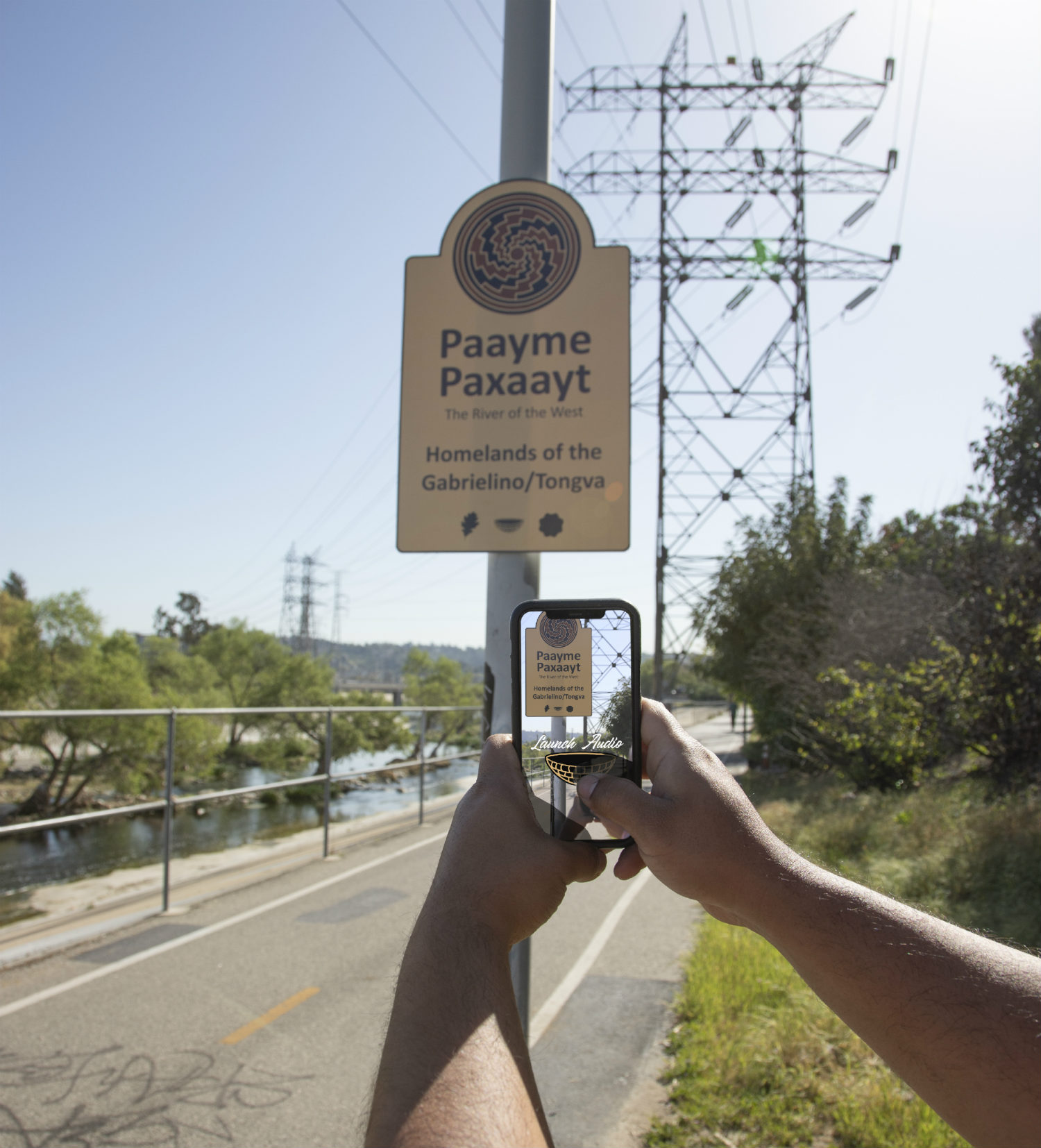
Dorame hopes that these actions might result in concrete steps with regards to policy change like the return of land to the indigenous community. The Land Under the Plinth offers more than visibility for a repressed community. It confronts us with perceptions of monumental representation and highlights the importance of creating spaces for communal interaction instead of clinging to inviolable memorials. “This issue has been pressing since colonization, there is a certain momentum at the moment where there is interest and will for change but we work in the footsteps of those who came before us and create a path for the next generation,” Dorame elaborates on the urges and difficulties in changing cultural perceptions.
Her project tells the stories that have been left out in official narratives in the past and explores ways on how the ancestors of the Tongva tribe can proclaim their belonging to the land. Monuments or any kind of representation of public memory should not be created for our comfort, but to shake us up and to challenge our perceptions where they are placed. Only then can we be sure to recognize all the voices of our past.
